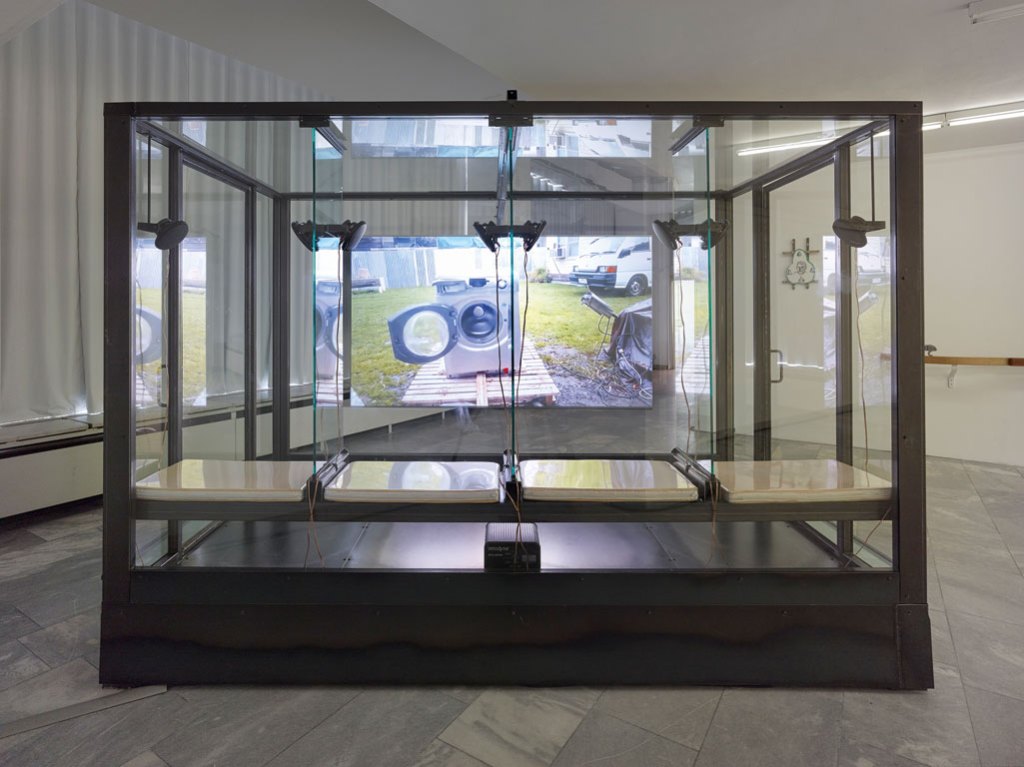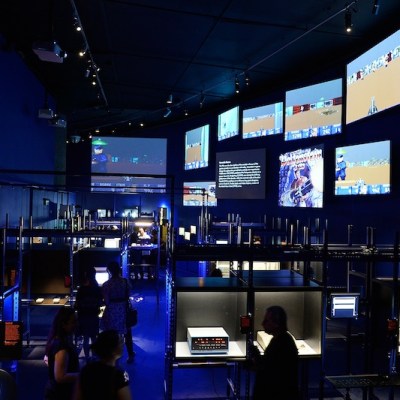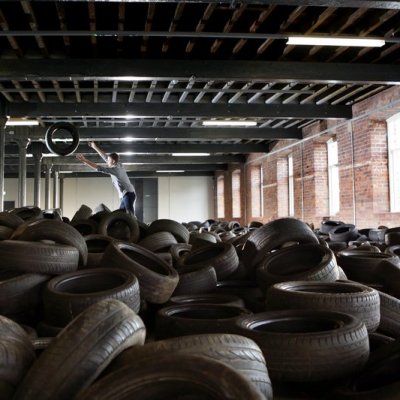New types of art stimulate new types of collecting. It is intriguing to read, in Isabel Stevens’ interview with Julia Stoschek in this issue, one of the world’s leading collectors of video art discussing some of the challenges of acquiring, storing, and displaying what remains, relatively speaking, a young art form. Stoschek speaks engagingly of both the requirements for installing this type of collection, in terms of finding satisfactory space for it, and the fact that the technical wherewithal involved may not be nearly as mystifying as newcomers to the medium often expect.
There are still those for whom this type of new media collection, or collections related to post-internet art or performance art and the archival material stemming from it, will seem disconnected from the long tradition of collecting paintings and other types of object that has been dominant for centuries. But not everything is new: Stoschek’s interest in collecting editions of time-based or video works, besides some unique pieces, is a reminder that there is a perhaps surprising continuity between the collector of video art and the collector of prints (and certainly of photographs). Even if the former may not come freighted with the same connoisseurial associations of the latter, something persists in the obsession both have in tracking down their own piece from a small edition.
Based on the experience of this, and other important video collections, no less care is likely to be expended over the presentation of works in this field than has been by the collectors of the past – indeed, a different kind of care is needed if light and sound are not to leak from one discrete work to another. What may be true, however, is that it is still very different to install this type of work at home from living with a collection of static artworks or objects. For most of us, it remains hard to see the domestic appeal of time-based art. Call me old-fashioned, but I wouldn’t want Matthew Barney on a loop in my sitting room.
For collectors attracted to new media, the seemingly fastidious accumulation and display of objects that mark out a more traditional collection may itself seem like something from another country. In recent months, I’ve enjoyed several contemporary works that at once take aim at, and pay homage to, the idea of the archetypal collector. In Ragnar Kjartansson’s The Visitors (2012), for instance, a nine-channel video installation recently shown at London’s Barbican Centre, the Icelandic performance artist and his collaborators execute a type of folk-rock madrigal, singing and strumming in concord from separate rooms at Rokeby Farm, a mansion full of scruffy antiques and other relics in upstate New York. It’s both comically ephemeral – a Peter’s Friends for the hipster generation – and strangely moving, as if the performers had gathered to improvise an elegy for the old modes of filling and finessing such spaces.
At Art Basel earlier this year, meanwhile, crowds jostled outside an installation by Hans Op de Beeck called The Collector’s House (2016). This presented a monochrome, charcoal interior of an atrium-cum-library, in which sculptures, paintings, tribal artefacts, and even a dog all appeared petrified, as if Park Avenue had been translated into Pompeii. Yes, this was an impressive stage set, but in walking through it, in taking part in its world, it felt like too facile a caveat that we all, if we begin to collect, may lose sight of the colour of the world beyond the collection. Still, I couldn’t help wondering who potential buyers of this work might be, and what type of collection it could belong to.
Another type of contemporary collection, that gathered by the design museums that have opened with ever greater frequency in recent decades, is the subject of Richard Martin’s article in this issue. Amid the many questions that a design museum – and in particular, the reopening of the Design Museum in London next month – throws up, what is clear is the adventure of such an institution. Collecting can be pragmatic and even provisional when the boundaries of what you are collecting have yet to be fixed.
From the October issue of Apollo: preview and subscribe here.



